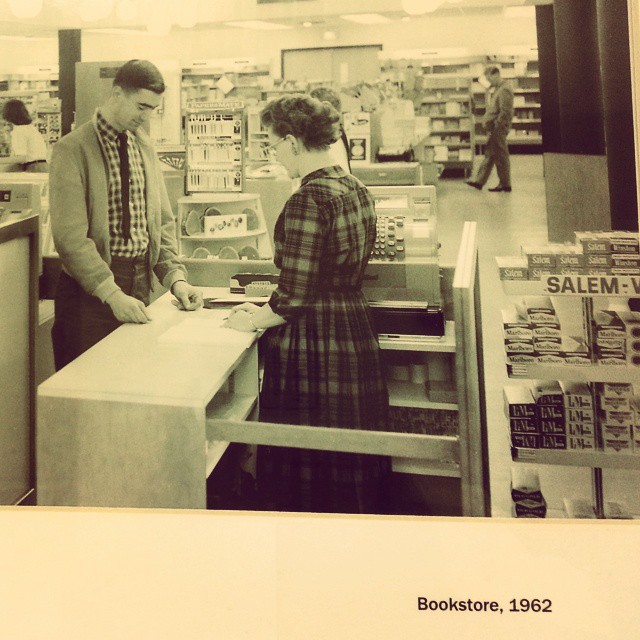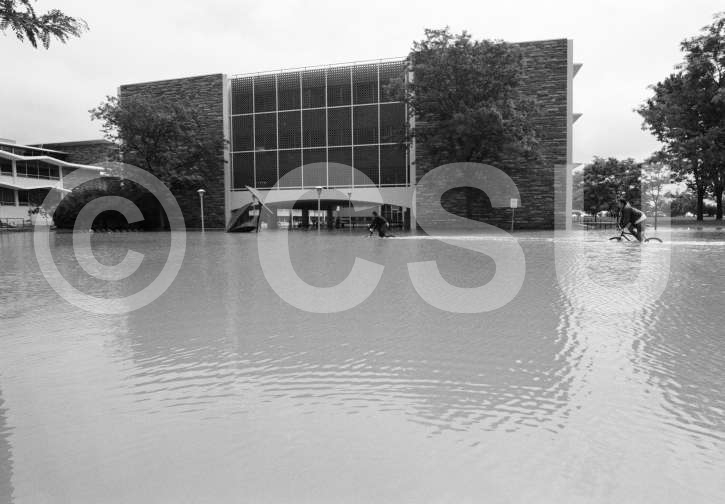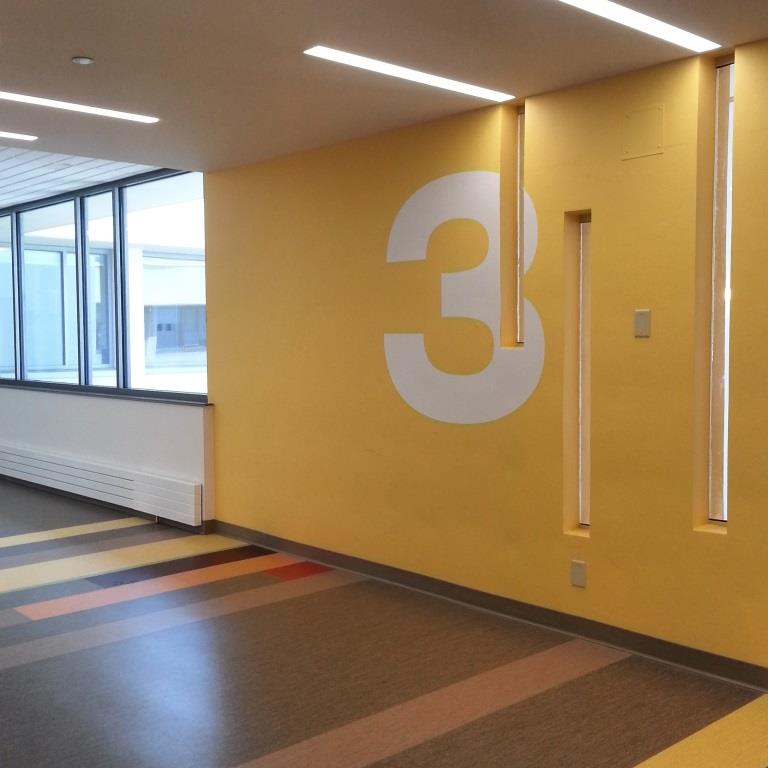Homecoming & Family Weekend, October 15th – 17th, is an event for alumni, families, community members, and friends of CSU. It’s a time when we come together to celebrate the past, present, and future of Colorado State University. An integral part of that past, present, and future is the CSU English department. Recently there’s been lots of excitement with the hiring of new faculty, the arrival of the 2015 freshman class English majors, various engaging events, and our return to a refurbished Eddy Hall.
To celebrate that return, our homecoming along with CSU Homecoming, the English department will be hosting our inaugural Homecoming open house on Friday, October 16, 2015, 2:00-4:00 PM. We will be celebrating our return to the newly remodeled Eddy with music, food, fun, and, of course, words, beautiful words. Alumni and friends can make their way to the third floor and check in at Eddy 300, and we will have refreshments available in the Whitaker Conference Room. We will be offering tours of the building, with stops in the CSU Writing Center and a remodeled classroom. English Department Chair Louann Reid will offer some words of welcome and rededication at 3:00 PM, followed by a special presentation in honor of the occasion. We hope you can join us for this very special event.
And what about that past, present, and future? As we were packing up Eddy Hall to move out for the remodel, we discovered several copies of Words and Deeds, a newsletter edited by Jim Tanner and Jim Work in the 1970s, who described it this way:
Words and Deeds is a newsletter in which the energetic (if not divine) deeds of the Colorado State University Department of English become words for the world at large. Published two times a year in Fort Collins, Colorado; distributed to our faculty, staff, students, friends, and competition.
Spring 2015 English Department Communications Intern Kara Nosal used these newsletters and other sources to put together a timeline that gives a sense of our history as a university and a department.
English Department Timeline
1879- Colorado State Agricultural College is born. It is comprised of twenty students and three professors in total.
1879- E.E. Edwards, president of the college, acts as the lone English teacher.
1886- Elizabeth G. Bell is the first English professor hired by the college.
1885- The library holds “1,000 bound volumes.”
1904- Virginia Corbett is named Professor of History and Literature.
1914- B.F. Coen heads the English and History Department while Corbett is reduced to an Assistant Professor. (Coen runs a tight ship! He requires each freshman to write a 150-page theme before moving on to upper-division classes)
1917- (From the Summer 1975 edition of Words and Deeds): During World War I, “All students who volunteered or were drafted to go to the front [lines] were to be given automatic passing grades and full credit in all classes.”
1920- Alfred Westfall and Ruth Wattles both become Associate Professors in the English and History Department.
1928- The first meeting of the “Scribbler’s Club”—an exclusive 12-member group for upperclassmen studying creative writing— is held
1929- There are twelve English faculty members
1935- Colorado Agricultural College changes its name to the Colorado State College of Agricultural and Mechanical Arts (Go! Fight! Win CSCAMA!)
1939-Willard O. Eddy is hired as an instructor in English, and History and English are separated into two distinct departments
1941-The large ballroom of Johnson Hall is used as a barracks to house some of the 1400 uniformed personnel on campus during the Second World War
1943- Alfred Westfall publishes, “What Speech Teachers May Do to Win the War” in the Quarterly Journal of Speech
1945- Colorado State College of Agricultural and Mechanical Arts changes its name to Colorado A & M (Interesting fact: Spring 2015 English Department Communication Intern Marina Miller’s great uncle was in the last class to graduate as Aggies)
1945- English faculty members number 13
1958-The Fine Arts Series is established after a fine-arts festival is held

1963- The original Eddy Hall is constructed
1965-1969- The Colorado State Review is established but due to funding cuts its initial run only lasts for four years
1975- The Intensive English Program (now INTO CSU) begins
1976- Colorado State Review is revived thanks to Wayne Ude and Bill Trembelay of the Creative Writing Program
1977- English faculty number 41 and 90 courses are offered
1979- Kate Keifer establishes the Writing Center in response to the national writing and literacy crisis, an educational drought in which many students arrived to college without adequate composition preparation
1981- Colorado State University is the first in the nation to create a computer-supported writing laboratory
1987 – Someone made a sandwich, (we haven’t uncovered much information about the 80s and early 90s in our research, but we’re pretty sure this is accurate)
1996- CSU professor, translator, and poet Mary Crow is named poet laureate for Colorado, (She would later be reappointed in 2000)
1997- The infamous Fort Collins floodwaters rip through Eddy Hall, destroying 500,000 books collected by professors

1997- The Arts and Sciences Core Curriculum (ASCC) lays out the standard core classes for all students in the Liberal Arts and Natural Sciences
2003- Use of the just-established Online Writing Center begins. Students of the required Writing Arguments composition classes learn how to download important documents and upload papers to professors
Today- We have four hard-working staff members and 82 faculty members
Summer 2015 – The new-and-improved Eddy Hall finished!
October 16th, 2015- Inaugural Homecoming English Open House, 2:00-4:00 PM
Note from Kara: Of course, this is not a complete timeline of the English Department. As I scanned through pages and pages of newspaper articles, department meeting minutes, and newsletters, I began to gain a better understanding of CSU’s English program as a whole. I realized how many of my own past professors have been nationally-recognized authors, award-winners, and overall game-changers, helping the English program to flourish. From my research I gathered that the English department has a long history of passionate people who constantly push for more opportunities for their students. Know that there’s much more to these English professors than meets the eye; they might even be willing to share some of their past lives with you if you ask!
If I were to begin to list the members of the faculty who have altered the English Department for the better, I’d have to list the whole faculty and the timeline would be a mile long! No one, past or present, is exempt from making our English program what it is today.
